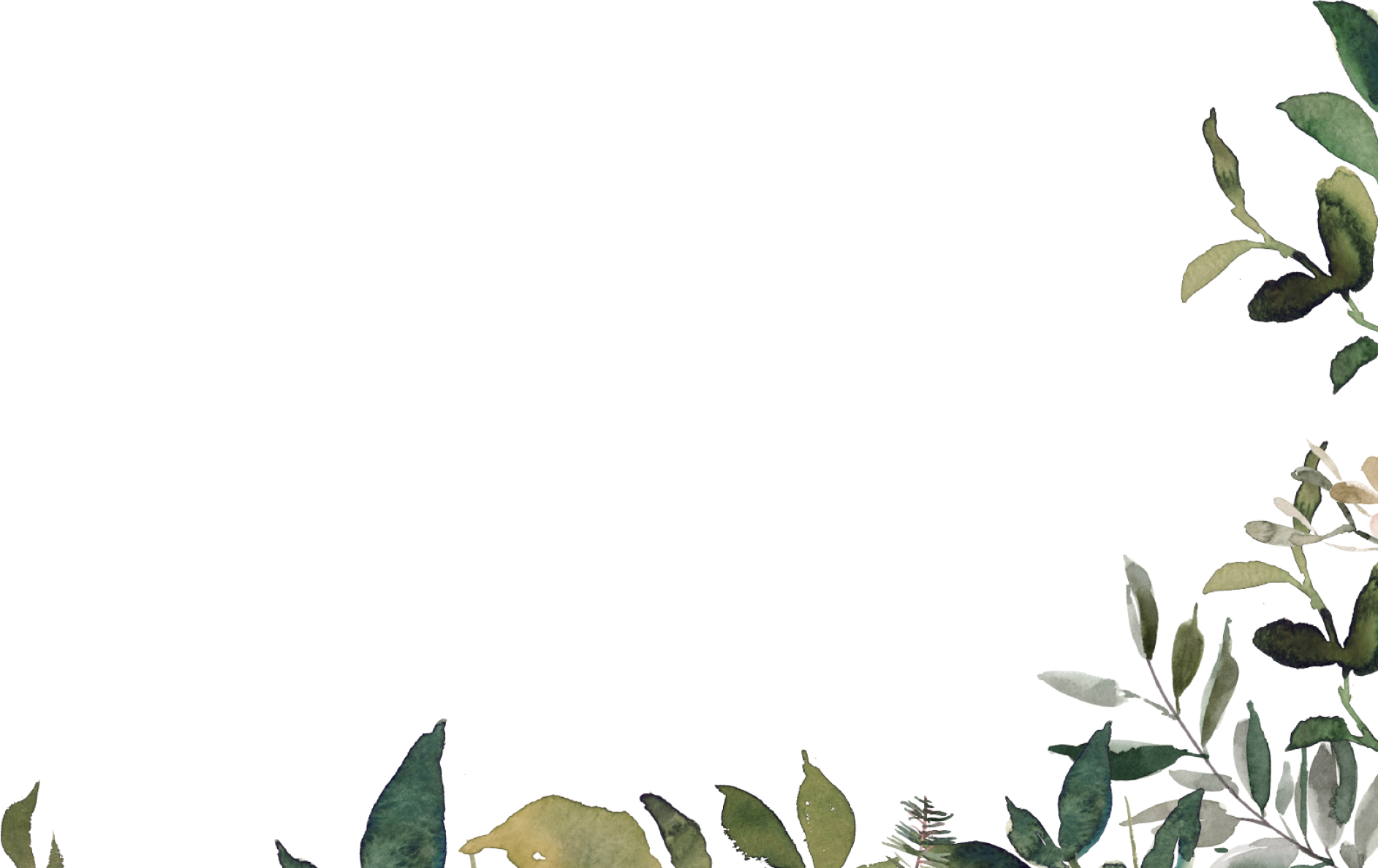
Ceremony Details
Hindu Ceremony
***
The ceremony of a Gujarati wedding, called the Lagan, is a symbolic ritual filled with multiple segments. The ceremony takes place under a decorated canopy called the Mandap. It represents a sacred space for the union of the couple. The Mandap is often adorned with colorful fabrics and flowers symbolizing prosperity and new beginnings. The bride's family welcomes the groom with aarti (offering of light) and tilak (mark on the forehead). The Kanyadan is a significant ritual where the bride's father symbolically gives away his daughter to the groom. It signifies his blessing for a happy and prosperous married life for the couple. One of the most important parts of the ceremony is the circling of the sacred fire (Pheras). The bride and groom walk around the fire 4 times, each round representing a different stage of life: Dharma (righteousness), Artha (prosperity), Kama (desire), and Moksha (liberation). The couple recites sacred vows while touching a line of seven betel nuts with their toes. This signifies their commitment to each other. Then the groom applies Sindoor (vermillion powder) on the bride's hair parting and ties the Mangalsutra (sacred necklace) around her neck. These are both symbols of her marital status. After the rituals, the couple seeks blessings from the elders. The ceremony concludes with the Vidai, where the bride bids farewell to her family and departs for her new home with the groom. ***
Civil Ceremony
***
American weddings are composed of two main parts. The first is the wedding ceremony and the second is the reception (celebration with food, speeches and dancing). The ceremony starts with a formal walk down the aisle. The bride's and groom's parents first walk down the aisle. Afterwards, the wedding party (bridesmaids and groomsmen) enters, followed by the bride escorted by her father. Upon arrival of the bride and her father at the altar, the father gives his daughter away to the groom. The core of the ceremony lies in the vows, a heartfelt exchange of promises between the couple. Many choose to write their own vows, expressing their love, hopes, and dreams for their future together. These personalized declarations create a deeply intimate space where the couple's connection shines through. Alternatively, couples opt for traditional vows, beautiful testaments to commitment that have stood the test of time. These vows are often said out-loud for all guests to hear and witness. Following the vows comes the exchange of rings, a timeless symbol of their eternal love and union. After the ring exchange, the officiant (the person who presides over the ceremony) declares the couple married. The newlyweds exit together for the first time as husband and wife, often to cheers and celebratory music. This joyous exit symbolizes the start of their new life together, brimming with hope and happiness. ***